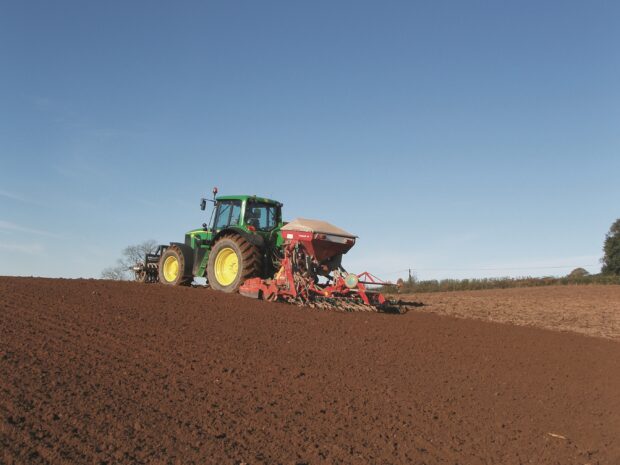
Following last week’s blog about soil testing, we’re now looking at another area where we often find issues during a farm inspection – nutrient management planning. Around 30% of farms we inspected last year weren’t able to provide evidence of how they plan the spreading of manures or fertilisers, on their land. So, what do they need to know?
The important part:
What are the regulations?
- The Farming Rules for Water require that the application of organic manure and manufactured fertiliser to agricultural land must be planned so that the application does not exceed the needs of the soil and crop on land or give rise to a significant risk of agricultural diffuse pollution. This applies to all organic manures and all manufactured fertilisers.
- (The Nitrate Vulnerable Zones (NVZ) rules require similar but for nitrogenous fertilisers only)
There is no legal requirement to have a physical nutrient management plan, but it’s harder to demonstrate compliance without one.
That clarifies the rules – now we’ll look at what they mean in practice.

Our officers will want to discuss nutrient management plans during an inspection. They will need evidence that planning has been carried out ahead of nutrient applications and that weather conditions and pollution risk factors have been taken into account.
The kind of evidence they will be looking for includes:
- nutrient management plans
- field application records
- soil analysis
- ‘book method’ nitrogen assessments
- farm maps and risk maps
- manure management plans
- soil management plans
- weather records
What should a good plan include?
The Tried and Tested website has nutrient management plan guidance and templates available to download for free. The template includes sections on:
- your farm, weather, equipment and machinery
- soil type, soil testing and analysis, nutrient requirements
- crop and field records and nutrients applied (fertilisers, livestock manures, other organic manures)
- organic manure use – planning and recording
We can think of planning nutrient use in terms of the 4 Rs:
- Right material – that we match the fertiliser type to the needs of the crop and soil
- Right rate – that the correct rate is known from soil analysis and the needs of the crop
- Right time – the fertilisers are applied when they are needed by a crop
- Right place – that they are applied where they are most readily accessible to the crop
We expect a nutrient management plan to be used in conjunction with soil analyses and risk maps of your farm (showing water courses, bore holes, slopes and gradients).
How does having a good plan for nutrient use help?
Having a good plan doesn’t just mean you’ll be complying with legislation and can relax when you have a farm inspection. And it’s not just about protecting the environment. Having a good plan in place means that you only use fertiliser when you need to, not because you think you should or just because you always have done. You can save money on buying fertiliser, vehicle use, maintenance and time spent spreading.
And we’ll give the last word to our Senior Environment Officer in Devon and Cornwall, Rob Baker:
“Armed with up-to-date soils analysies, farmers are then able to plan nutrient applications for crops in a much more precise way than ever before. Having a Nutrient Management Plan demonstrates the farmer has thought about what nutrients a crop will need, what is already in the soil and what the deficit is.
Any nutrient shortfall can be either made up of organic manures, manufactured fertiliser or a combination.
Having a proper “working” nutrient management plan means crop growth is optimised and pollution risk reduced. It also saves the farmer money from applications of bagged fertiliser that isn’t always needed!
My advice to farmers unsure about what’s required would be to talk, ask questions, speak to us – we are there to help.
The technology is out there as we enter an era of precision agriculture. If we make use of it, we will all benefit.”
Farmers: don’t wait for your next inspection to get your nutrient management plan in order. Visit the Tried and Tested website for guidance and templates.
To keep up to date with our activity, follow the Environment Agency on Twitter, and sign up for email alerts.

Leave a comment